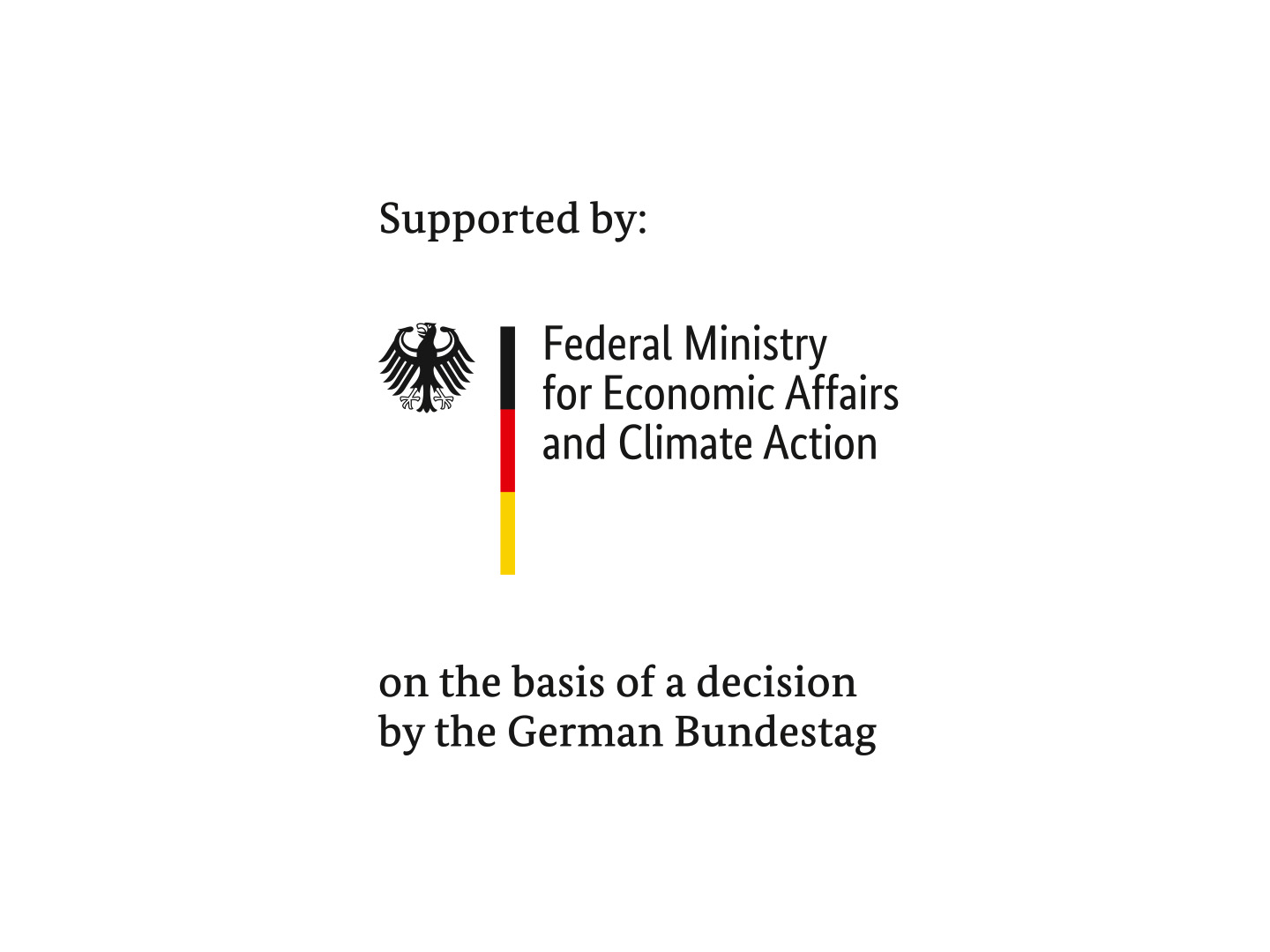Project goals
Aim of the project "IMOKAT – Development of an innovative methane oxidation catalyst to reduce exhaust emissions from ships operating on gas" was to develop a catalyst for the oxidation of methane that is reduced in precious metals or at best free of precious metals. With the addition of nitrogen dioxide as oxidant and at pressures of up to 5 bar, the catalyst should achieve a methane conversion of at least 60 percent at a temperature of less than 550 °C. The methane should be oxidized as completely as possible to minimize the formation of by-products such as carbon monoxide or formaldehyde. Another focus was the identification of the best production method for a corresponding honeycomb catalyst: extrusion, impregnation or dip coating.
 Fraunhofer Institute for Environmental, Safety and Energy Technology UMSICHT
Fraunhofer Institute for Environmental, Safety and Energy Technology UMSICHT